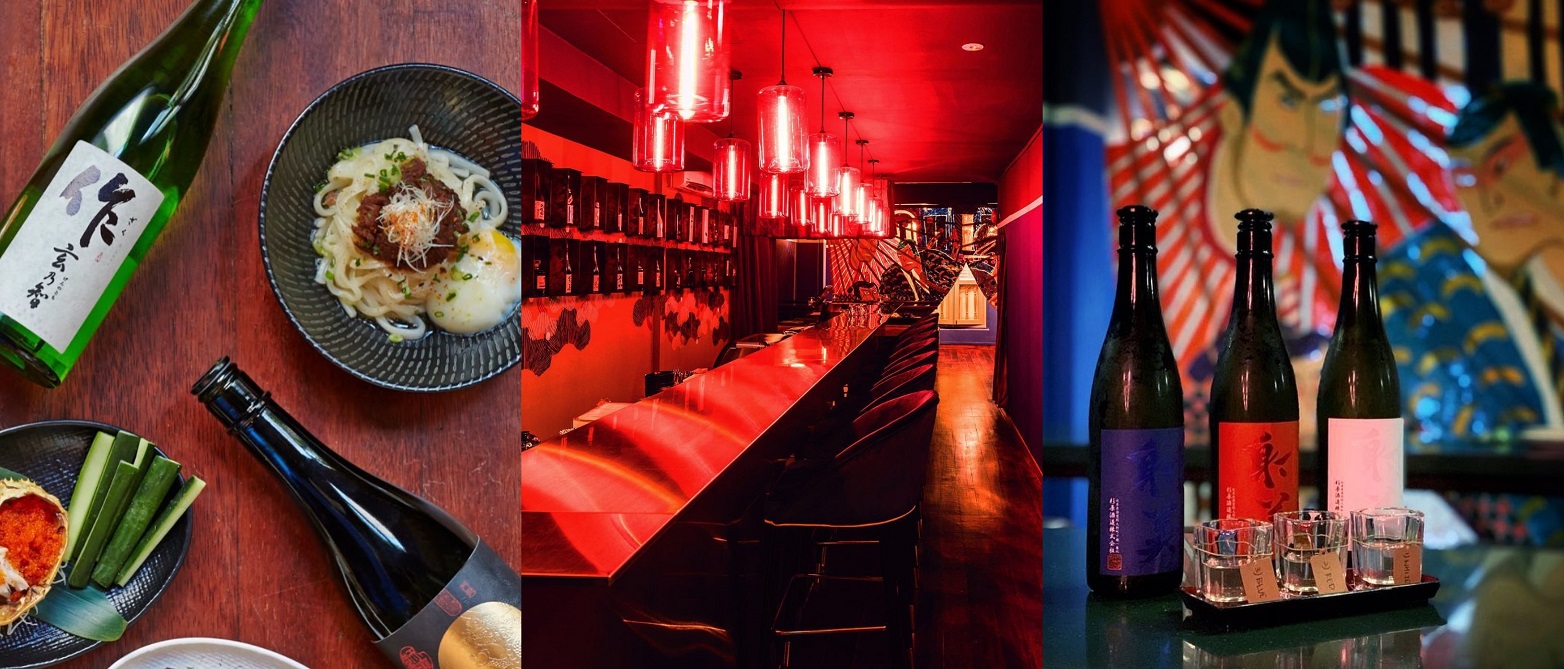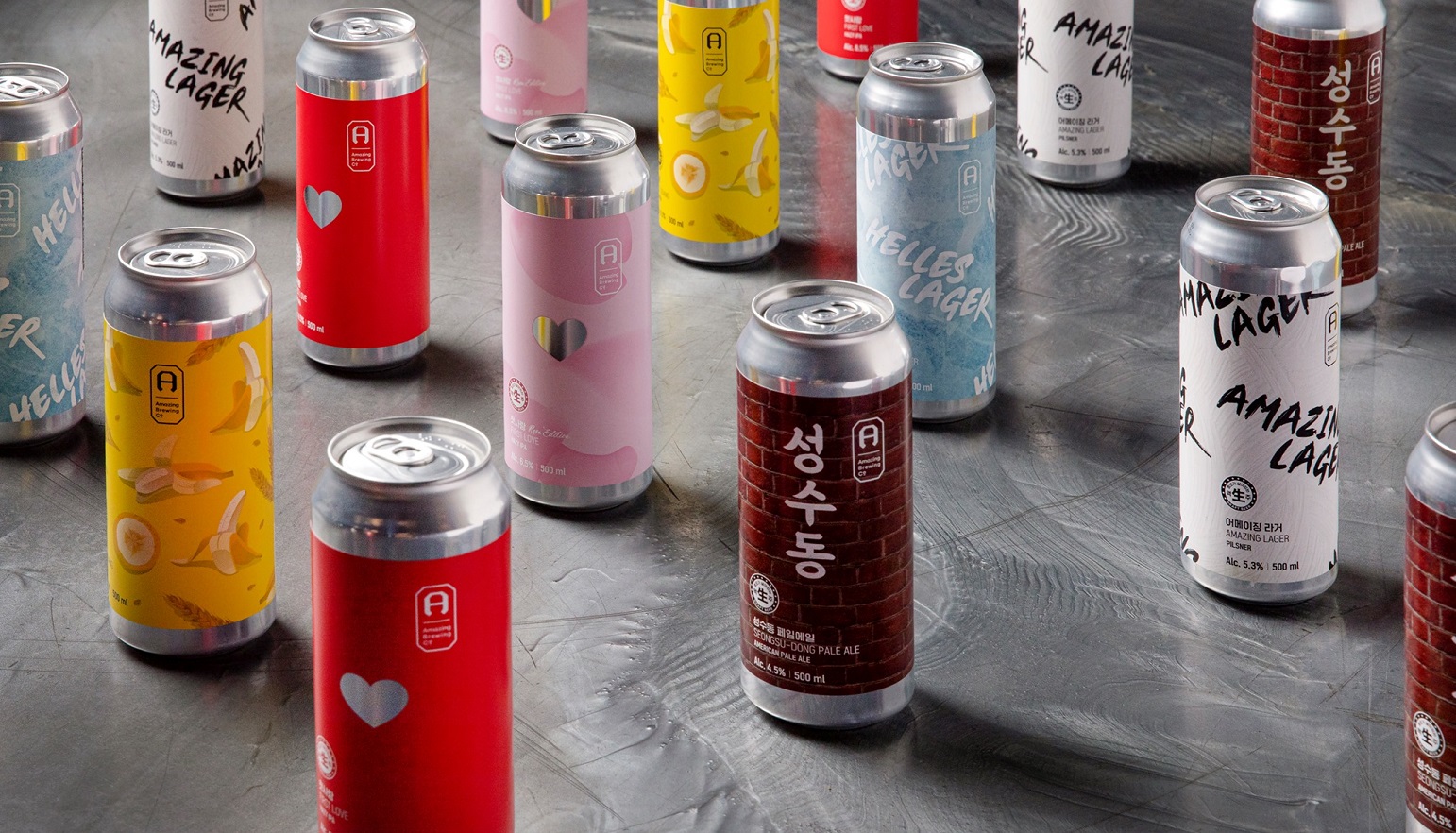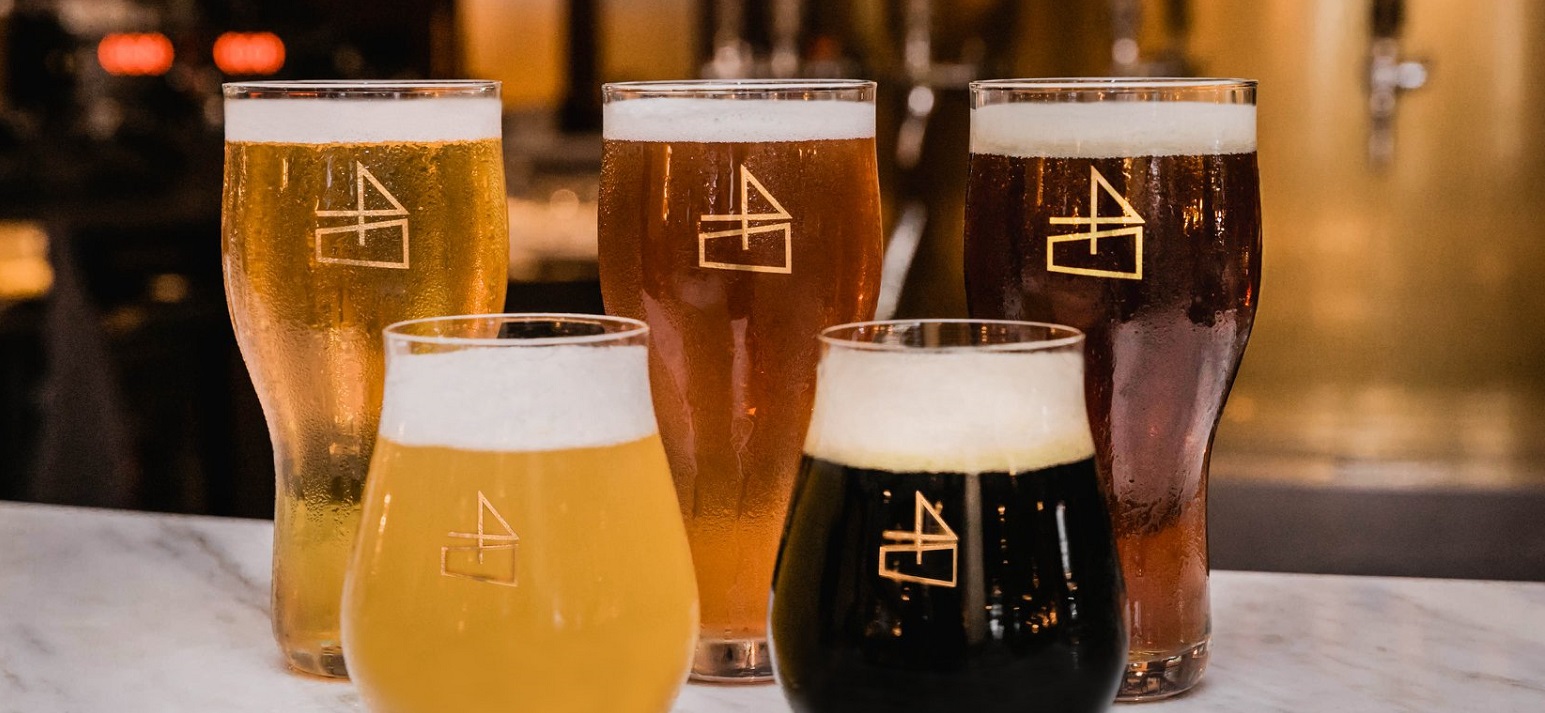What is whisky?
Whiskies come in grain or malt form. A grain whisky is generally made from any type of grain apart from barley, whereas a malt whisky is made from malted barley specifically. A single malt whisky, generally prized above other types, is made from a single distillery, but not necessarily from a single cask.
A blended whisky is a combination of different grain and malt whiskies. Whiskies are also defined by region or country, the prominent ones being Scotland, Ireland, America and Japan. According to Hong Kong bar Angel’s Share’s Charlene Dawes, American bourbon whiskies (think Maker’s Mark), made mostly from corn, are generally fuller bodied and Japanese whiskies (think Suntory) are more easygoing. Scottish and Irish whiskies are more varied. Within Scotland, there are the Highlands (which includes the Islands sub-regions; they produce lighter-bodied whiskies), Lowlands (drier whiskies), Islay (peaty and smoky whiskies), Speyside (sweeter whiskies) and Campbeltown (full-bodied whiskies).
Whisky Etiquette
Use the right vessel, like a Glencairn glass. The shape of the glass helps to concentrate the aroma of the whisky.
Admire the whisky’s color and nose it before you swallow.
When you sip, move it all around your mouth to detect different flavors; as it oxidizes, new flavors are brought out.
Drink your whiskies neat, a dash of water (spring water works best) opens up more flavors and aromas.
Try not to use ice as it “closes” the whisky, masking its complexity. Don’t warm it like brandy either.
Food Pairing
While whisky glasses on the dinner table are not exactly the etiquette du jour, our whisky experts all agree that some foods go very well with the beverage. “Food pairing works, but this depends on the whisky itself,” says Mirey. “For example, with a smoky, peaty whisky like Ardbeg, you would look at a very smoky or salty dish. Smoked salmon, oysters, blue cheese all work.”
“Hearty dishes like lambshank, or duck confit, complements a glass of slightly sweet, flavorsome whisky like The Macallan. A very fruity and nutty whisky like the Glenmorangie can go with scallops or satay chicken,” he adds. “Personally, I have whisky with peanuts at the bar, after dinner.”
Bowmore ambassador Kay Wu also recommends a lighter, smoother whisky like the Auchentoshan from the Lowlands to go with a dessert, possibly something fruity or dark chocolate-based.
Did You Know…
The age of the whisky is defined by the number of years the liquid has been aged in a barrel, and once bottled, it effectively stops aging, Arthur Motley explains. For example, a 1948 10 year old bottle is the same age as a 2010 10 year old bottle. A Scotch whisky must be aged at least three years to be deemed a true Scotch.





